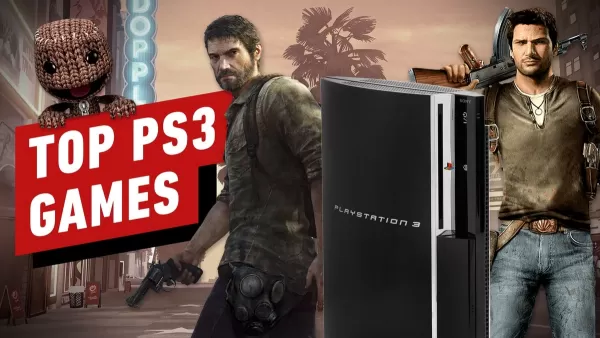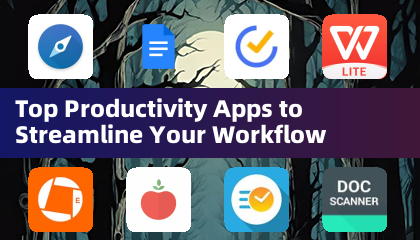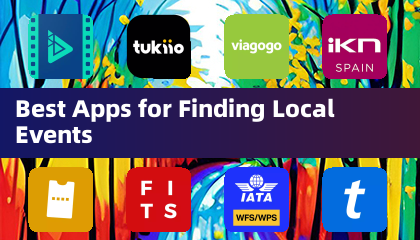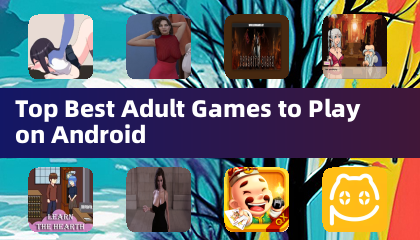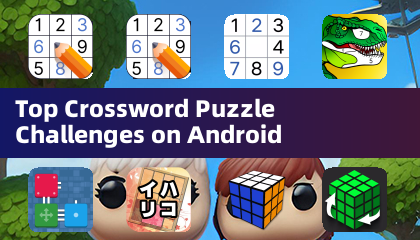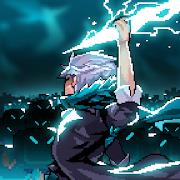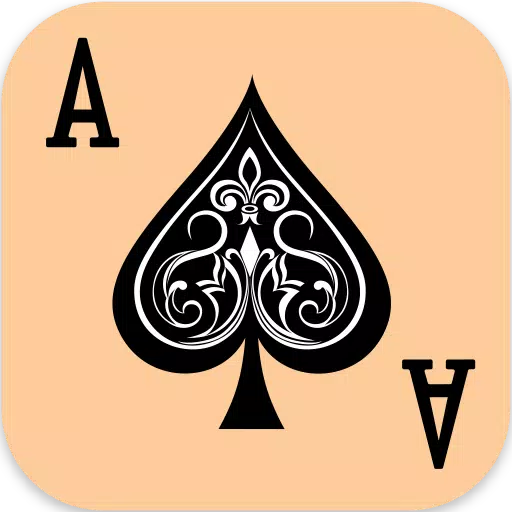After months of intense speculation, rumors, and leaks, Nintendo has finally unveiled the Switch 2 through its own Direct. Not only did we receive trailers for new games such as Mario Kart World, Donkey Kong Bonanza, and even Nintendo GameCube games exclusive to Switch 2 Online, but perhaps more importantly, we got an in-depth look at the system itself. From an accessibility perspective, I'm thrilled to report that the Switch 2 is a significant upgrade over its predecessor in nearly every aspect.
Several months ago, I shared my accessibility predictions for Nintendo's latest console. I hoped for more robust accessibility features, enhanced use of Joy-Con controllers, and unique inclusive design practices. To my delight, Nintendo has not only met these expectations but has also exceeded them with additional innovations. Let's delve into the exciting and confirmed accessibility features of the Switch 2.
New Accessibility Settings
The Direct provided a glimpse into the tangible accessibility options, showcasing fully customizable controls for each virtual GameCube game, tailored to the system settings. However, Nintendo has gone further by releasing a comprehensive accessibility page that outlines both returning and new features.
Fully customizable controls return, functioning similarly to the original Switch. The settings to adjust text size now offer three different variants, along with the new capabilities to implement High Contrast and change general display colors. The Zoom functionality, essential for blind/low vision players, also makes a comeback. But the most surprising addition is the new "Screen Reader" setting.
Blind/low vision individuals often rely on settings like Text-to-Speech to navigate menus and settings. Although the Screen Reader is limited to the HOME menu and system settings, it's a vital tool that enables disabled players to independently navigate the Switch 2. The feature comes with options to choose different voices, adjust reading speeds, and control volume levels. While we don't yet know if individual games will support these tools or include their own accessibility features, Nintendo's recognition of their disabled audience is a promising sign for the future of accessibility at the company.
Innovative Design
Nintendo has introduced an inclusive tool within the revamped Nintendo Switch App, known as Zelda Notes, a companion app for Breath of the Wild and Tears of the Kingdom. The Navigation option in the app allows players to locate shops, areas of interest, and even elusive Koroks using a GPS-like UI. The app includes audio cues and voices to guide players to their chosen destinations. While it doesn't assist with precise navigation or enemy encounters, it significantly aids blind/low vision individuals in navigating the overworld and reduces cognitive overload when traversing vast landscapes.
For cognitive, blind/low vision, and physically disabled players, the app also features the Autobuild Sharing tool, which allows players to share their custom Zonai tech creations. By scanning a QR code, disabled individuals can automatically construct a Zonai machine if they possess the necessary materials. This feature has been a game-changer for me, as I struggled with the control layout and required buttons for building Zonai machinery in Tears of the Kingdom. Now, I can focus on gathering materials without worrying about the construction process itself. This exemplifies Nintendo's commitment to inclusive design, which I have long admired.
Additionally, disabled individuals can share items with each other through the Item Sharing feature, similar to Autobuild Sharing. By scanning a QR code, players can instantly access items sent by friends, reducing the physical strain of constantly searching the world for weapons and food. While these features don't make Breath of the Wild and Tears of the Kingdom fully accessible, they represent a significant step forward.
Wheelchair Sports
The most surprising announcement was Drag X Drive, a game reminiscent of Rocket League that lets players control characters in manual wheelchairs on a basketball court. This not only showcases proper disability representation but also highlights one of the Switch 2's few new hardware changes—mouse control.
By flipping the Joy-Con on its side, players can move the controller across any surface, mimicking the behavior of a computer mouse. While we don't yet know the required force to move the cursor, this new method of play promises to offer accessibility benefits for various disabled players. It's exciting to envision how Nintendo will further utilize this feature, but more importantly, it provides another tool for disabled individuals. Combined with the variety of controller types already available on the Switch and Switch 2, Nintendo continues to innovate in controller usage.
As a Nintendo fan, I'm incredibly excited about the Switch 2. Although I'm hesitant to spend upwards of $450 on the system, my love for gaming began with Nintendo. With each new system, Nintendo introduces exciting accessibility additions that underscore their commitment to accessibility and inclusive design. While we still don't have a first-party accessible device like the Xbox Adaptive Controller and PlayStation Access Controller, Nintendo is innovating in its own way by providing new ways for disabled individuals to play. Coupled with the recent announcement of Nintendo joining other developers to create standardized accessibility tags, I believe we'll see Nintendo continue to elevate accessibility standards.

 LATEST ARTICLES
LATEST ARTICLES 

